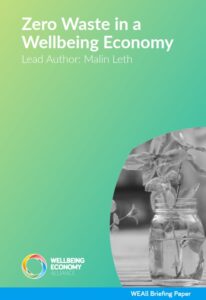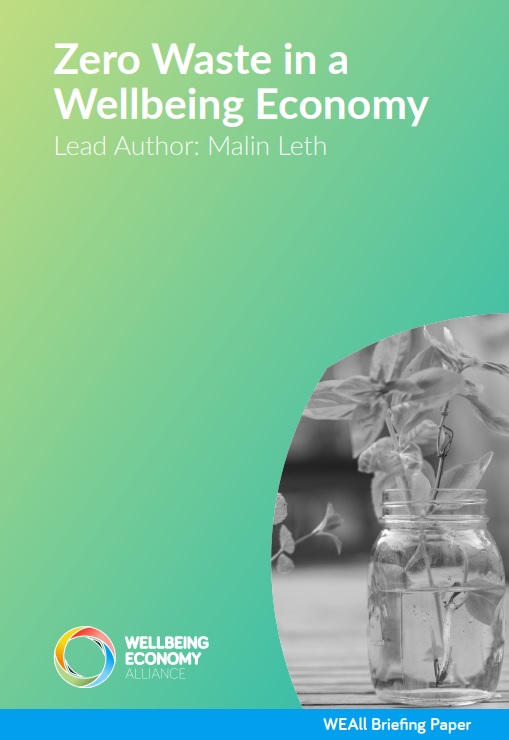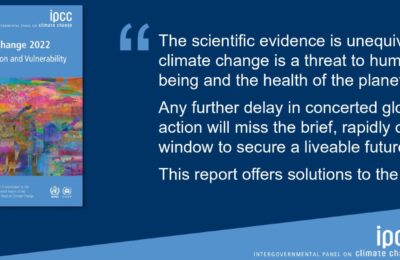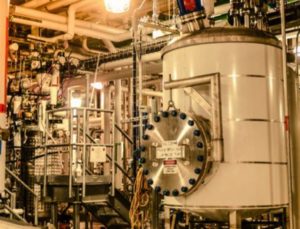Zero Waste in a Wellbeing Economy
Full report can be downloaded here.
Lead Author: Malin Leth

Vision
In a Wellbeing Economy, all resources will be valued and there will be no waste. Our economic systems will mimic nature through a flow of regenerative processes whereby all materials are reused and reabsorbed to support life to come. In a Wellbeing Economy, we will honour and respect the gifts given by mother nature by producing high-quality goods that can be reused, repurposed, and repaired to support our collective flourishing in the present and for generations to come. We will foster a culture that recognises the true value of all plants, minerals, and animals that support us, and uses them sparingly.
Our creative energies and talents will be directed towards generating the greatest wellbeing from the least material consumption, by reusing all that we’ve already taken and giving back as much as we’ve been given.
A Wellbeing Economy is one of conservation and cultivation, rendering waste and pollution a thing of the past.
Current challenges
Alfred Marshall famously described Economics as the study of “individual and social action which is most closely connected with the attainment and with the use of material requisites of wellbeing.”1 Whilst we can certainly debate the contributions of this author to the contemporary obsession of economics with mathematics, turning the study of economics from a social science into an empirical science, Marshall’s understanding of the economy as the way we secure the material resources needed for wellbeing is relevant here. Currently, our economy is obtaining and using materials in a way that is undermining our collective wellbeing, by destroying our ecosystem – our home – through wasteful production and consumption practices.
Globally, our consumption of materials in the form of economic goods and services accounts for around half of greenhouse gas emissions and over 90% of biodiversity loss.2 Rather than reusing and repurposing the limited material resources on this planet, our economy continues to take, make, and waste them. Less than 10% of the more than 100 billion tonnes of materials that enter the economy every year gets the chance to re-enter it.3
One of the great ironies of our current economy is that we have generated a highly materialistic culture that does not seem able to actually value materials.
We need to shift the path from current practices and, in doing so, we need to relearn how to recognise the inherent value of resources, as well as how to design products and services for long-term use. Changing the way we produce and consume materials includes decarbonising the energy sector, rethinking the use of materials to being a service whereby we, after using it repeatedly, will help recirculate it back into the economy.4 We need to recognise that the wellbeing of our people and planet are inextricably linked and that we must build an economic system that honours, values, and regenerates our natural world. However, shifting courses towards truly regenerative processes will require overcoming well-established economic approaches and practices, such as:
PLANNED OBSOLESCENCE: the deliberate production of things that break easily or don’t last long so that there is a continuous need to buy new things;
DECLINE OF THE REPAIRING ECONOMY: as countries get “richer”, they stop repairing goods and increasingly throw things away;
RISE OF SINGLE-USE PLASTICS, FOREVER CHEMICALS, AND OTHER DAMAGING SYNTHETIC PRODUCTS that cause more harm than good, contaminating our earth and threatening the health of all life forms;
ADVERTISEMENT AND THE CREATION OF A HYPER-CONSUMPTION CULTURES, in which people are encouraged to continuously buy and throw away low-value items;
PRICES OF RAW MATERIALS that do not take into account their true cost, including the social and environmental impacts of extraction and production.
- Marshall, A., Principles of Economics, 1890.
2. UN, “Facts and figures”, 2022, [online] https://www.un.org/en/actnow/facts-and-figures.
3. Circle Economy, The Circularity Gap Report 2021 (Amsterdam: Circle Economy, 2022) [ebook], https://www.circularity-gap.world/2021.
4. Ellen MacArthur Foundation, “Fixing the economy to fix climate change”, 2022, [online] https://climate.ellenmacarthurfoundation.org/.
The way out –
How five Rs could help shift the current path
It is possible to build a regenerative and circular economy. In a Wellbeing Economy with zero waste, the notion of “consumer” changes from someone who consumes a product to someone who uses a resource. In such a Wellbeing Economic system, the norm would be to a) design in a manner that creates minimum by-products and pollution; b) make higher quality products with long-lasting guarantees; c) design products in a way that they can be turned into something else at the end of their first lifecycle, and d) fix, reuse, and return things.
At this point, we cannot afford to just redesign production processes, but we must also focus our efforts on reversing the damage done by historic production practices that have destroyed, destabilised, and contaminated our ecosystems.
Transitioning towards zero waste in a Wellbeing Economy means both taking action to turn off the tap on the continuous flow of visible and invisible waste that is entering the environment every second, while at the same time starting to “mop the floor” and clean the world’s oceans and lands from all the accumulated waste.
This simultaneous approach requires coordinated efforts from businesses, governments, and communities, and we can summarise possible solutions led by each of these actors into five main strategies, which we will call the five Rs:
REFUSE business as usual, the use of non-renewable materials, and the production of unnecessary items;
REDUCE linear production processes (e.g., take, make, waste) and move towards circular and regenerative processes;
REUSE products over and over again (e.g., by refilling, repairing, repurposing, and returning);
RECYCLE whatever is left; and
RESTORE the planet from the harm that has been caused to enable all ecosystems and communities to thrive again.
Our current situation is far from our vision for zero waste in a Wellbeing Economy, but there are a lot of concrete actions taking place worldwide that show us change is both possible and underway. The following sections will illustrate existing projects and solutions taken by different actors to bring about zero waste in a Wellbeing Economy, according to each of the five Rs.
*** The bulk of this paper then gives examples of these 5 R’s in action ***
Conclusion
Our current economic system greatly exceeds our planetary boundaries. Today, as a global society, we need about 1.75 planets to provide the resources we’re consuming and to absorb our waste. By 2030, this is estimated to be 2 planets.35 Yet, we only have one…
Reducing our waste requires governments, businesses, and communities to work together to jointly rethink and redesign the ways in which our societies operate. The five R’s that were set out in this paper (refuse, reduce, reuse, recycle, restore) can guide us along this journey. The five R’s emphasise the importance of addressing the root causes of our waste problem. Without addressing these root causes, by not refusing extractive practices and reducing the amount of waste we create as our first priority, we are left mopping the floor without ever turning off the tap.
While the vision of zero waste in a Wellbeing Economy can seem overwhelmingly bold, the examples described above show how communities, businesses, and governments around the world are taking important steps on this journey. As exceptional as these initiatives are today, they shine a hopeful light on what could become common practice in our societies going forward.
- The world counts, “Watch out world’s social and environmental challenges”, 2022 [online] https://www.theworldcounts.com/.



